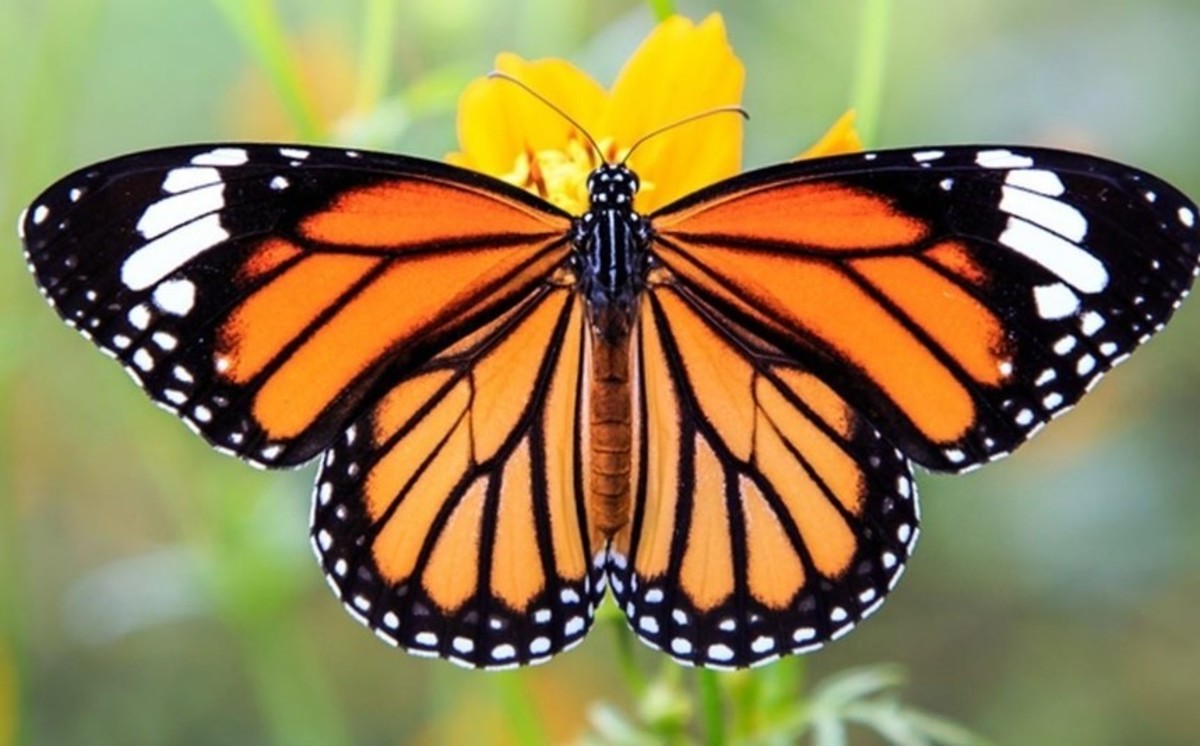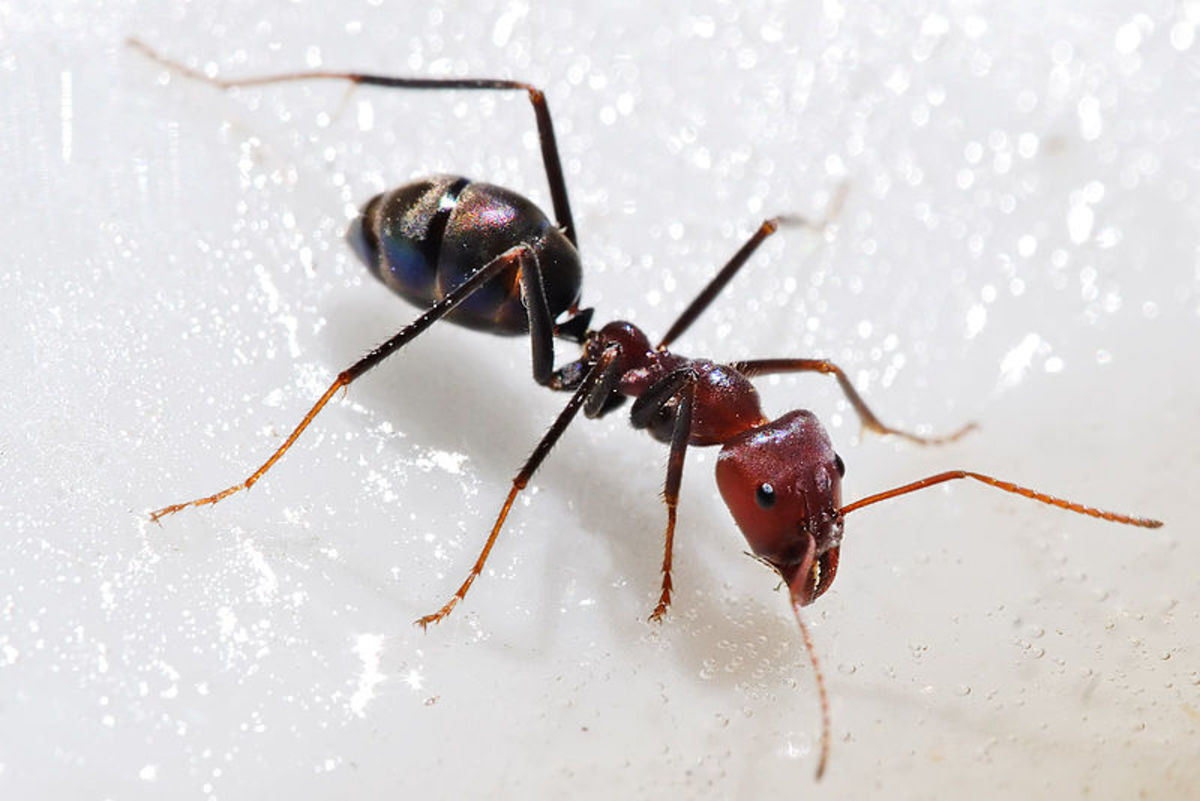- HubPages»
- Education and Science»
- Life Sciences»
- Entomology
How to Stop Insects taking over your House
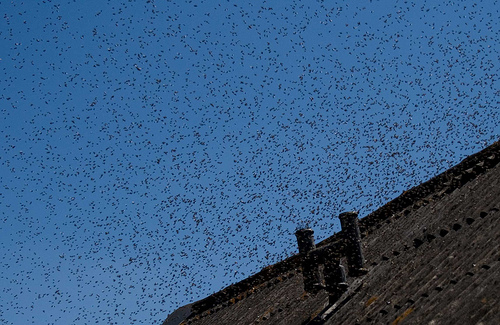
How to stop insects taking over your house
Every year, especially in the summer I face the same problem. My house gets flooded with insects and it drives me crazy. I wake up with bumps over my arms wondering what has bitten me. I go for a shower and see a huge spider in the bottom of the shower tray. I open my front door and see hundreds of ants settling into my porch. These situations occur so often now I almost think my house has a curse on it.
The reality is it happens everywhere. Not just to my home, and not just to yours. It is more likely to happen if you live in a greener lush area and if your house is older. There is very little you can do, to stop the insects heading for your house in the first place but there are many little tricks you can implement to make sure they don’t actually get inside your house, or stay there uninvited! In this article I am going to look at the four most common household pests, and teach you how to identify them. I will then give you some hints into how to deal with your unwanted little creatures.
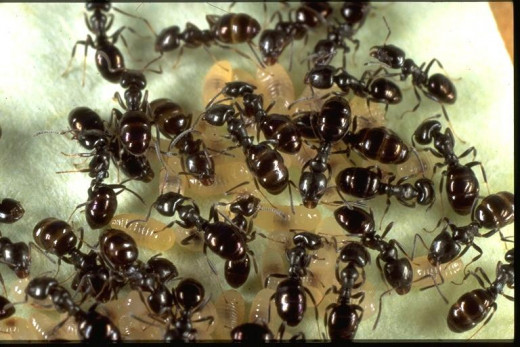
ANTS
There are several species of ants that can appear in your house or garden and it is vital you understand which type of ant you have. Fire Ants or Harvester Ants have the ability to sting humans, and it leaves a painful enflamed mark on our skins. Carpenter Ants will eat through the building material of your house, and can leave holes everywhere in which other little critters can come through. With enough time, Carpenter Ants can actually cause structural damage.
The most commonly found ants inside the house are now known as ‘house ants.’ Yes the name is very imaginative. They are small, usually around 5mm long, and either yellow, brown, red or black. They have a very constricted mid section, occasionally have wings. The scariest thing about these house ants is that they always nest in huge colonies. If you have seen two or three in your house, you will probably have hundreds living somewhere hidden away.
These little guys are intelligent, and you can’t use ant spray on them and expect to come out victorious, they can smell it a mile away and will stay clear. Even if you catch a couple, you still need to get rid of the colony! You want to take these guys out with ant bait. Ant bait is slow working poison that to ants looks like and smells like food. The worker ants will find the bait, and carry it back to the colony. Here all the ants will feast upon the bait and it will ensure you have maximum impact with your poison. This is the only sure way of also taking out the egg-laying queen ant who resides deep in the colony.
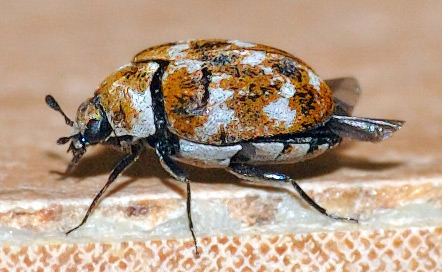
CARPET BEETLES
Carpet beetles are small beetles that will almost eat anything. They are also known as dermestid and are not uncommon to be found in most houses. They are usually less than a centimetre in length and are a uniformed dark colour, occasionally with small scales on their back. They will often have coloured blotches on their back which can be white, black or brown.
Adult beetles usually feed on pollen and nectar but younger larvae will feed on fur, animal horn, hair, linen, rayon, wool, hide, feathers and even cotton. Infestations in the house can be found anywhere, and very difficult to prepare for. If you happen to find them there is no poison that is very effective as you would have to cover every surface of the house to be sure. They often will go for your food cupboard, so it is wise to keep all food in sealed containers that they cannot impregnate. Carpet beetles do not always travel in packs, and it is entirely possible that you may just find one. On the other hand you may have an infestation.
If you happen to find them in your house the best course of action is to clean. Vacuum up all traces and clean down every surface around the ‘infected’ area. If you are still finding them everywhere in your house, I would recommend calling an exterminator.
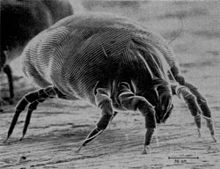
DUST MITES
Dust mites are too small to see to the naked eye, usually no bigger than a 1/3 of a millimetre. They are colourless little mites that feed on dust. All houses will have dust, but the dustier your house the more mites you will have. They live in fabrics such as mattresses, bedding, carpets, curtains, pillows etc. They usually go unnoticed and do not cause much harm, but they can enflame allergies.
House dust is comprised of hair, cloth fibres, ash, human and animal skin, plant pollen, fungal spores and soil particles. Dust mites will use this dust as food. Dust allergies can cause stuffy noses, asthma attacks and various other sinus conditions.
You can manage allergies to dust mites by cleaning your house thoroughly. The less dust, the less dust mites you will have. Alternatively try and reduce the contact with the allergen or go to your doctor and get treatment for your allergy.
There is no real damage caused by dust mites in your house, so if you have them, and you do not have allergies do not be overly worried.
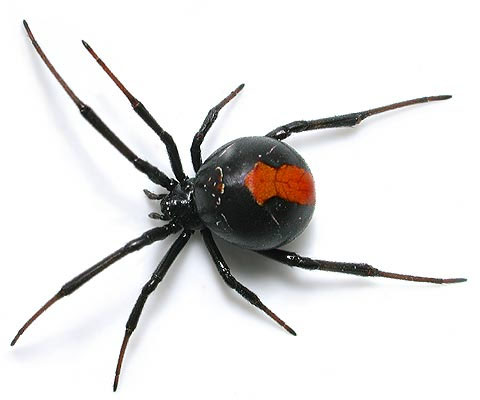
SPIDERS
Spiders range in colour and size. They are fairly easy to recognize by having a circular central body with eight long legs. Spiders are usually Black, brown, grey or white in colour, and can vary from under a centimetre in length up to around twenty centimetres. Usually if you encounter a spider with a striking colour on its back it is a poisonous species. It is rare to see a larger spider but they are fairly common in Latin America, Africa and Asia. The smaller a spider, the faster it usually it is moving around.
Spiders are not usually colonial, and you cannot deal with them as an epidemic. You really have to tackle them as you seem them. Spiders create their own webs, which they live and feed in. If you see a spider’s web try and remove it with a duster or a vacuum.
If you encounter a spider use a vacuum and remove it. There is nothing you can lay down to kill spiders or ward them away from your house. Alternatively place a cup over the spider, and slide a piece of paper underneath the cup. You can then safely carry the spider out into the garden and let it go free.
Some countries will have species of spiders that are dangerous and you should be aware of what is native to your country. These ones you should not get too close to handle. If you do not have any dangerous species in your country you should not be overly worried, but as a lot of people suffer from arachnophobia, so if somebody in your house is a victim of this phobia try and remove any spiders you see.


